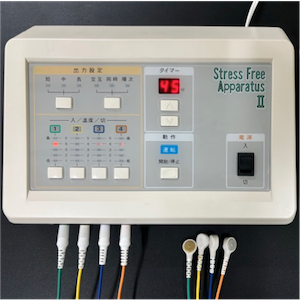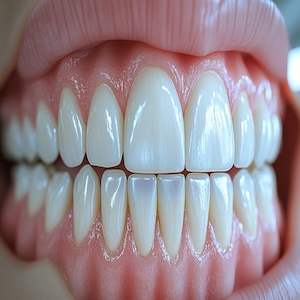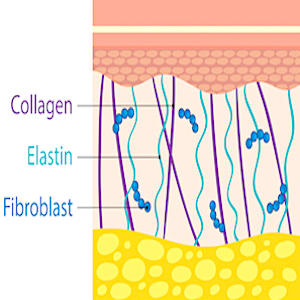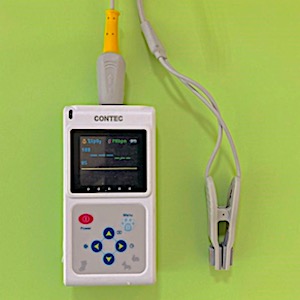Keratorefractive lenticule extraction in eyes with post-herpetic scars

All claims expressed in this article are solely those of the authors and do not necessarily represent those of their affiliated organizations, or those of the publisher, the editors and the reviewers. Any product that may be evaluated in this article or claim that may be made by its manufacturer is not guaranteed or endorsed by the publisher.
Authors
Correcting refractive errors by remodeling the corneal curvature with an excimer laser (which emits ultraviolet radiation) may reactivate a latent Herpes Simplex Virus (HSV), resulting in keratitis. New techniques using infrared sources, such as femtosecond-assisted Keratorefractive Lenticule Extraction (KLEx), may thus provide a safer approach to eyes with previous HSV keratitis; however, no cases of KLEx in such cases have been reported. As a result, we present three cases in which KLEx successfully corrected myopia. Three myopic eyes from three patients with a known history of healed HSV keratitis that occurred more than 12 months before surgery underwent KLEx. All patients received oral antiviral prophylaxis before and after surgery. In case 1, the post-HSV scar was semiperipheral, involving only a portion of the treated area; surgery went smoothly, with the intrastromal lenticule well delineated and dissected even through the scar. In cases 2 and 3, the healed scar was peripheral and did not interfere with surgery. After 6 months, all three cases had good visual acuity without complications. Finally, KLEx combined with antiviral prophylaxis can effectively correct myopia in eyes with healed HSV. The femtosecond laser can penetrate non-dense, peripheral corneal scars.
How to Cite

This work is licensed under a Creative Commons Attribution-NonCommercial 4.0 International License.










